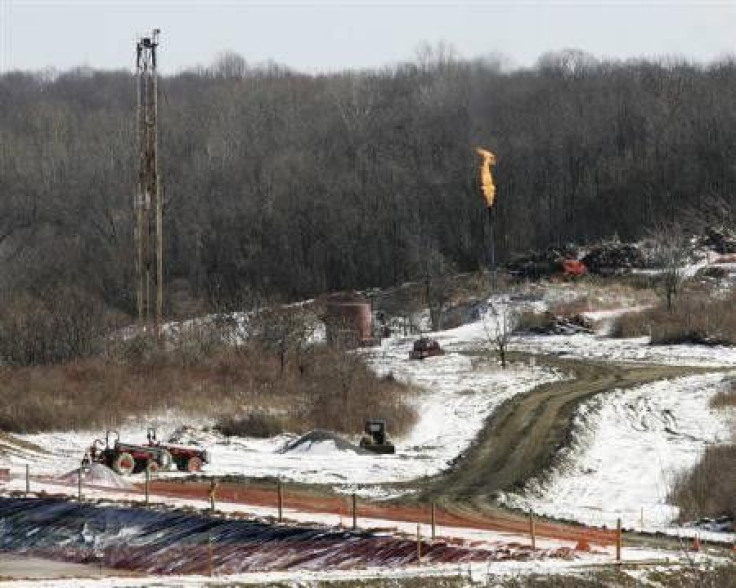Oil And Gas Industry Group Says EPA Is Wrong On Methane Emissions

The American Petroleum Institute and America's Natural Gas Alliance are criticizing the U.S. Environmental Protection Agency's most recent natural gas emission estimates and suggest actual industry emissions are half what federal regulators say.
In a report released on Monday, the oil and gas industry groups suggest the figures for methane emissions contained in the EPA's 2010 emission inventory for natural gas drilling and hydraulic fracturing are inaccurate and inflated.
The new study, which looked at survey data from wells throughout the country operating between 2010 through 2011, concluded the natural gas industry emitted 4.4 million tonnes of methane gas compared to 8.7 million tonnes in the EPA study released last month.
According to the API and ANGA study, the differences in emission levels are due to the fact that the companies taking part in the survey results indicated that they vented methane and re-fractured wells at lower rates than the EPA previously suggested.
Both processes,venting and re-fracturing, cause the release of methane into the atmosphere. The gas is a potent pollutant and, along with carbon dioxide, is thought to be responsible for climate changes as a result of global warming.
Our new report provides the best, most comprehensive estimate of methane emissions from U.S. natural gas production, said Howard Feldman, API's director of regulatory and scientific affairs. It's based on data from 10 times as many wells as the study by the EPA, according to Feldman, who said the API and ANGA report looked at 91,000 wells, while the EPA derived its data from 8,800 wells.
The fact that these emissions are much less than earlier, more limited estimates and the fact that operators are already working to reduce emissions from natural gas production is good news for the future of U.S. natural gas development and the game-changing benefits of job creation and economic growth that will come with it.
As hydraulic fracturing has increased in frequency, so have concerns the practice is not only damaging to water tables, but also to the air in places where natural gas drilling takes place.
Studies from Colorado and Wyoming suggested natural gas and unconventional drilling, such as fracking, increased the likelihood that local residents be exposed to higher levels of carcinogenic airborne particles.
The release of API-ANGA report comes after the EPA released in April new rules to cap the emission of methane from natural gas production.
Companies will have until Jan. 1, 2015, to install emission-capturing devices on their natural gas production equipment. The new rules will cut as much as 1.7 million tons of methane emissions a year. The natural gas industry emits 40 percent of the methane released in the United States, said the EPA.
But the API and ANGA joint study suggests these new regulations overestimate emission levels and underestimate the costs to the industry of implementing the EPA rules, said Feldman.
So far, there are no plans to challenge the EPA's emission standards in court, Feldman said, adding he hopes the agency will look at the industry report's findings and reassess its regulations.
© Copyright IBTimes 2024. All rights reserved.











